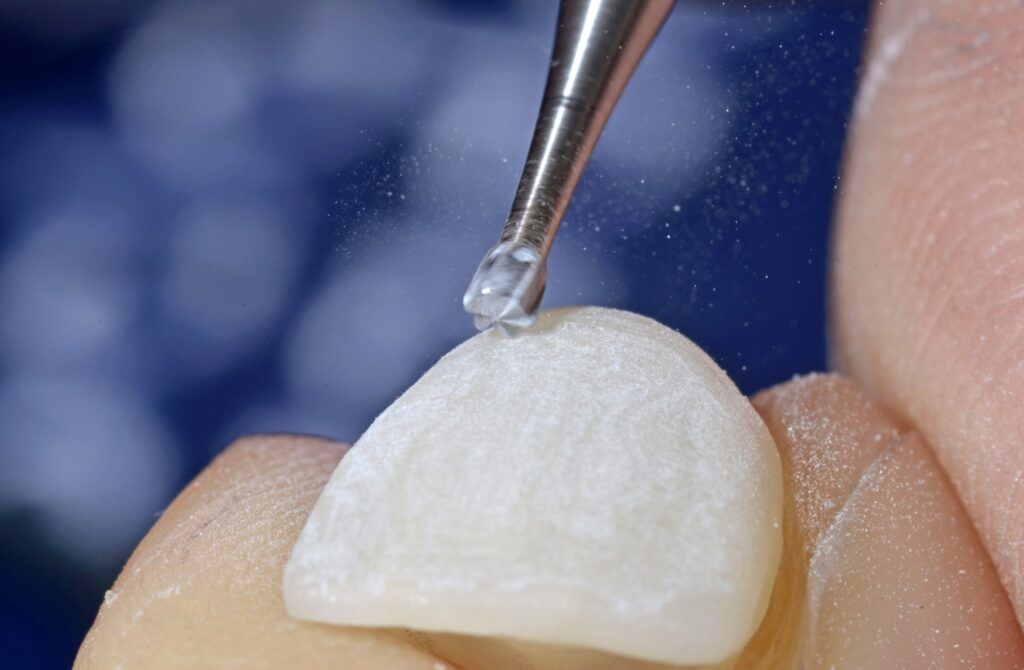Dental crown placement is a common restorative dental procedure that can help restore and protect damaged or compromised teeth. Whether due to decay, fractures, or extensive wear, dental crowns provide a reliable solution to strengthen and enhance the function and appearance of a tooth. This comprehensive process involves the expertise of dental professionals who carefully evaluate, prepare, and place the crown to achieve optimal results. In this article, we will explore the intricacies of dental crown placement, discussing the steps involved, the materials used, and the benefits it offers. By understanding the process, patients can approach their crown placement with confidence, knowing that this procedure can not only restore their oral health but also rejuvenate their smile.
Step 1: Evaluation
The first step is to evaluate the tooth that needs a crown. The dentist will examine the tooth, take x-rays if necessary, and determine if a crown is the best treatment option. A dental crown may be needed in several situations where a tooth requires significant restoration or protection. When a tooth is severely decayed or has a large filling, a crown can provide the necessary strength and support to restore its functionality. Cracked or fractured teeth can also benefit from crowns, as they help hold the tooth together and prevent further damage. Teeth that have undergone root canal treatment are often weakened and require crowns to protect them from fractures. Additionally, dental crowns are commonly used for cosmetic purposes, such as enhancing the appearance of misshapen or discolored teeth. In cases of tooth wear due to bruxism or acid erosion, crowns can restore the tooth’s shape and function. Dental crowns are also essential in supporting dental bridges and restoring dental implants. Overall, dental crowns are recommended when teeth need reinforcement, restoration, or aesthetic improvement, allowing patients to regain oral health and achieve a confident smile.
Step 2: Preparation

Before a dental crown can be placed, the tooth undergoes a careful preparation process to ensure a proper fit and long-lasting restoration. The tooth is first numbed with a local anesthetic to ensure a comfortable experience. Then, the dentist trims and shapes the tooth to create space for the crown. This involves removing a small amount of enamel from the tooth’s outer surface and, in some cases, addressing any decay or damage. The goal is to create a stable foundation and an ideal shape for the crown to fit securely. The dentist takes into account factors such as the occlusion (bite) and neighboring teeth to ensure proper alignment and a natural-looking result.
Step 3: Impression
Once the tooth is prepared, an impression of the tooth is taken. This is done using a dental putty that is placed in a tray and then inserted into your mouth. You will be asked to bite down and hold still for a few minutes while the putty sets. The impression captures the exact shape and size of the prepared tooth, which will be used by the dental lab to fabricate your custom crown. In some cases, a digital scanner may be used instead. A digital scanner collects the same information instantly and without the need for dental putty.
Step 4: Temporary Crown
A temporary crown is a provisional restoration that is used to protect a prepared tooth and maintain its functionality while the permanent crown is being fabricated. It is typically made of acrylic or composite material and is designed to closely resemble the shape and size of the final crown. Temporary crowns serve several important purposes. Firstly, they provide a protective covering for the exposed tooth structure, preventing sensitivity and reducing the risk of damage or fracture. Secondly, temporary crowns help to maintain the alignment and position of adjacent and opposing teeth, ensuring proper bite and occlusion. They also serve an aesthetic function by improving the appearance of the prepared tooth until the permanent crown is ready. Temporary crowns are not as durable as permanent crowns, but they play a vital role in preserving tooth structure and facilitating the overall success of the crown placement process.
Step 5: Crown Fabrication

The dental impression is sent to a dental laboratory where skilled technicians will fabricate your permanent crown using specialized software and dental technology. The crown is typically made from materials like porcelain, ceramic, metal alloys, or a combination of these. After fabrication, the crown may undergo additional refinement, such as glazing or staining, to achieve a natural appearance that seamlessly blends with the patient’s smile. Once completed, the crown is sent back to the dentist, who will perform the final placement, ensuring a secure fit and optimal functionality. The fabrication process combines advanced technology, dental expertise, and attention to detail to create custom crowns that restore the tooth’s strength, function, and aesthetics.
Step 6: Crown Placement
After the fabrication of the permanent dental crown, the next step is its placement. The patient returns to the dentist’s office, and any temporary crown that was placed earlier is carefully removed. The dentist then thoroughly cleans the prepared tooth to ensure optimal bonding. Next, the permanent crown is assessed for fit, color, and appearance. The dentist may make minor adjustments, such as refining the shape or contour, to achieve a precise fit and natural look. Once satisfied, dental adhesive is applied to the inner surface of the crown, and it is carefully positioned over the prepared tooth. The dentist ensures proper alignment with adjacent and opposing teeth and checks the patient’s bite to ensure a comfortable and functional result. Finally, the adhesive is cured using a special light or chemical process, securely bonding the crown to the tooth. The dentist provides aftercare instructions and may schedule a follow-up appointment to evaluate the crown’s placement and the patient’s overall satisfaction. With the permanent crown in place, the patient can enjoy restored functionality, improved aesthetics, and long-lasting dental protection.
Step 7: Aftercare

Proper aftercare is crucial for maintaining the longevity and health of a dental crown. Following the placement of a permanent crown, it’s important to practice good oral hygiene. This includes brushing your teeth at least twice a day with a soft-bristle toothbrush and fluoride toothpaste. Pay special attention to the area where the crown meets the gumline to ensure thorough cleaning. Additionally, daily flossing or using interdental cleaners is necessary to remove plaque and debris from between the teeth and around the crown. Regular dental check-ups and professional cleanings are essential to monitor the condition of the crown, ensure its stability, and address any issues promptly. Avoid chewing on hard objects or biting into excessively sticky foods, as this can potentially damage the crown. If you experience any discomfort, sensitivity, or notice changes in the crown’s fit or appearance, contact your dentist promptly. By following these aftercare guidelines and maintaining excellent oral hygiene practices, you can help ensure the long-term success of your dental crown.
In Conclusion
In conclusion, dental crown placement is a highly beneficial restorative dental procedure that can effectively address a variety of dental issues. Whether it’s for restoring decayed or damaged teeth, improving aesthetics, or supporting dental bridges and implants, dental crowns play a crucial role in enhancing oral health and overall well-being. The process involves careful evaluation, tooth preparation, fabrication of the custom crown, and precise placement. With advancements in technology, same-day crowns have become a convenient option for patients, reducing treatment time and eliminating the need for temporary restorations. Following the placement of a dental crown, proper aftercare, including regular oral hygiene practices and dental check-ups, is essential to ensure its longevity and maintain optimal oral health. By understanding the dental crown placement process and adhering to aftercare recommendations, patients can enjoy the functional, aesthetic, and protective benefits that dental crowns offer, ultimately contributing to a confident smile and improved quality of life.

Dr. Sadati possesses extensive experience in all aspects of advanced restorative dentistry, with an emphasis in cosmetic and implant dentistry. He has attained Accredited Fellow status in the American Academy of Cosmetic Dentistry (AACD), the most rigorous, demanding credentialing process in the world. He is the only AACD Accredited Fellow in South Florida.


